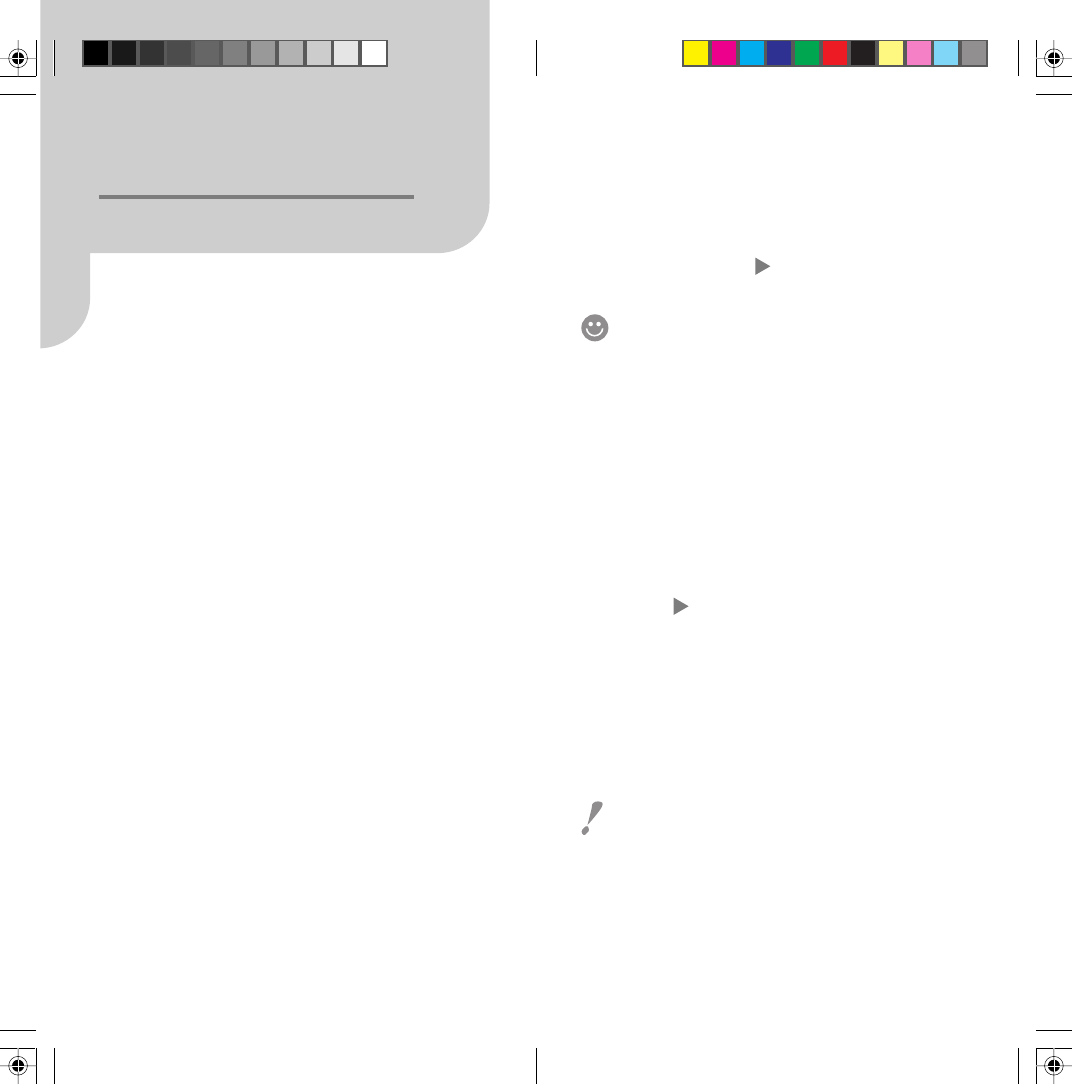
45
44
CARE AND MAINTENANCE
BATTERIES
POLAR TRANSMITTER
The estimated average battery life of the Polar Transmitter
is 2500 hours of use. Contact your distributor/ dealer for a
transmitter replacement.
Customer Care Charter for
detailed instructions.
Polar recycles used transmitters.
POLAR WRIST RECEIVER
The estimated average battery life of the Polar wrist
receiver is 1 year in normal use (2h/day, 7 days a week).
Note also that excessive use of the backlight and the alarm
signals will use the battery more rapidly.
Do not open the Polar wrist receiver yourself. To ensure the
water resistance properties and the use of qualified
components, the wrist receiver battery should be replaced
only by an authorised Polar Service Center. At the same
time a full periodic check of the Polar Heart Rate Monitor
will be done.
Customer Care Charter for detailed
instructions.
SERVICE
Should your Polar Heart Rate Monitor need service, see
Customer Care Charter to contact an authorised Polar
Service Center.
Water resistance cannot be guaranteed after
unauthorised service.
Your Polar Heart Rate Monitor is a high-tech instrument of
superior design and workmanship and should be treated
with care. The suggestions below will help you fulfill the
warranty obligations and enjoy this product for many years
to come.
TAKING CARE OF YOUR POLAR
HEART RATE MONITOR
• Wash the transmitter regularly after use with a mild soap
and water solution. Dry it carefully after washing.
• Never store the transmitter wet. Sweat and moisture can
keep its electrodes wet and the transmitter activated,
which shortens the battery life.
• Store your Polar Heart Rate Monitor in a cool and dry
place. Do not store it in any kind of non-breathing
material, such as a plastic bag or a sports bag if it is wet.
• Do not bend or stretch the transmitter. This may damage
the electrodes.
• Don’t dry the transmitter in any other way than with a
towel. Hard-handed handling may damage the
electrodes.
• Keep your Polar Heart Rate Monitor out of extreme cold
(below -10 ºC / 14 ºF) and heat (above 50 ºC / 122 ºF).
• Do not expose the Polar Heart Rate Monitor to direct
sunlight for extended periods, such as by leaving it in a
car.
M52 man GBR/D 5/1/01, 9:1144-45


















